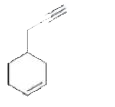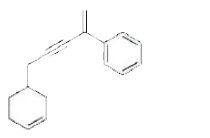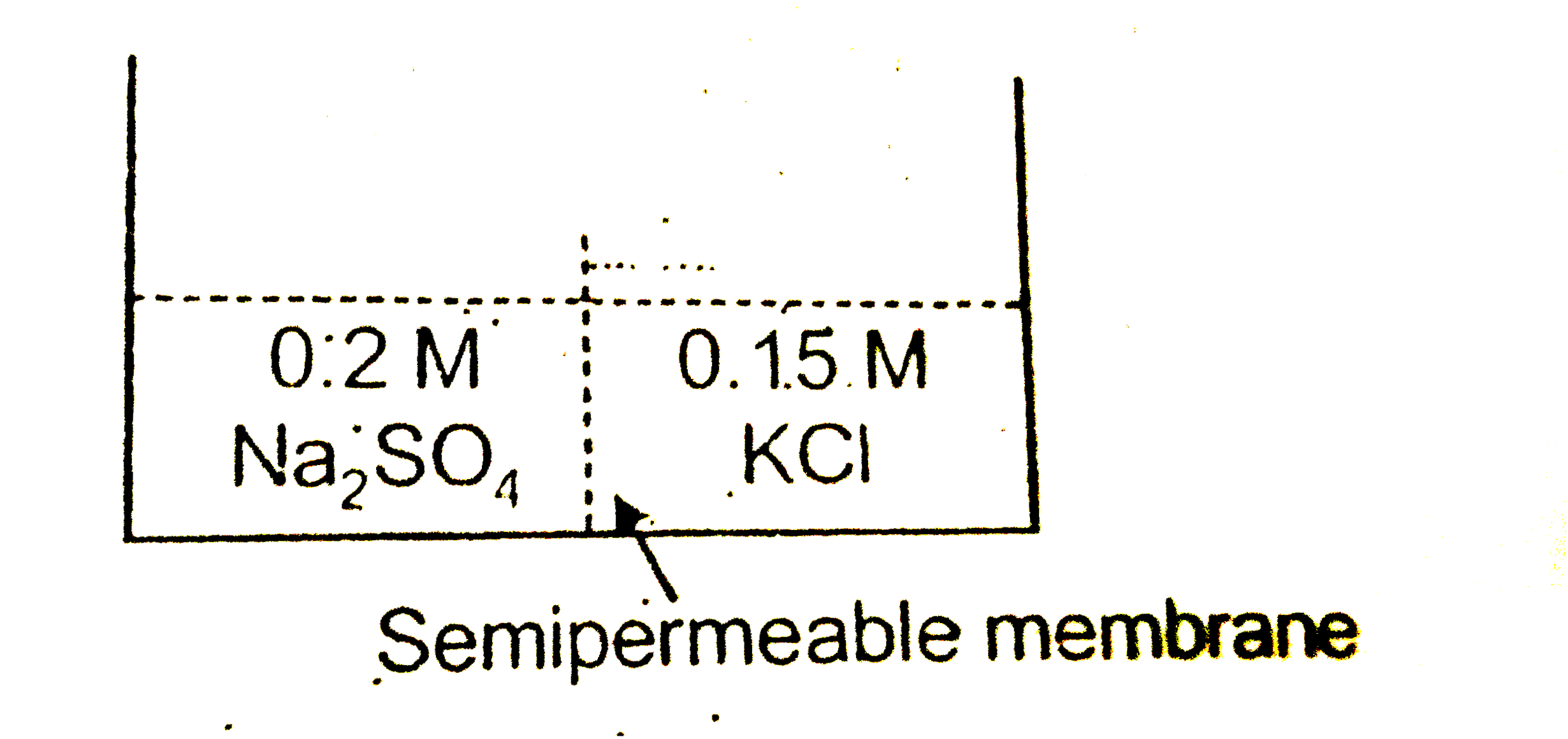Consider the following statements and choose the correct option.
. I The torque on the dipole is p x E
II The resultant force on the dipole is zero.
I and It bath are correct
I and II both are incorrect
I is correct and II is incorrect
I is incorrect and II is correct
The correct Answer is:A
To solve the question regarding the statements about the electric dipole, we will analyze each statement step by step.
Step 1: Analyze Statement I
Statement I: The torque on the dipole is →τ=→p×→E.
1. Understanding Torque on a Dipole:
- The torque (→τ) experienced by an electric dipole in an electric field (→E) is given by the vector cross product of the dipole moment (→p) and the electric field (→E).
- Mathematically, this is expressed as:
→τ=→p×→E
- This means that the torque is dependent on both the magnitude and direction of the dipole moment and the electric field.
Conclusion for Statement I: This statement is correct.
Step 2: Analyze Statement II
Statement II: The resultant force on the dipole is zero.
2. Understanding the Resultant Force on a Dipole:
- An electric dipole consists of two equal and opposite charges (+Q and -Q) separated by a distance d.
- When placed in a uniform electric field, the force on the positive charge is →F+=+Q→E and the force on the negative charge is →F−=−Q→E.
- The net force (→Fnet) acting on the dipole can be calculated as:
→Fnet=→F++→F−=+Q→E−Q→E=0
- This indicates that the forces on the two charges cancel each other out, resulting in no net force acting on the dipole.
Conclusion for Statement II: This statement is also correct.
Final Conclusion
Both statements are correct. Therefore, the correct option is:
- Option A: Both statements are correct.
Statement I: The torque on the dipole is →τ=→p×→E.
- The torque (→τ) experienced by an electric dipole in an electric field (→E) is given by the vector cross product of the dipole moment (→p) and the electric field (→E).
- Mathematically, this is expressed as:
→τ=→p×→E
- This means that the torque is dependent on both the magnitude and direction of the dipole moment and the electric field.
Statement II: The resultant force on the dipole is zero.
- An electric dipole consists of two equal and opposite charges (+Q and -Q) separated by a distance d.
- When placed in a uniform electric field, the force on the positive charge is →F+=+Q→E and the force on the negative charge is →F−=−Q→E.
- The net force (→Fnet) acting on the dipole can be calculated as:
→Fnet=→F++→F−=+Q→E−Q→E=0
- This indicates that the forces on the two charges cancel each other out, resulting in no net force acting on the dipole.
Both statements are correct. Therefore, the correct option is:
- Option A: Both statements are correct.
Similar Questions
Knowledge Check
- Question 1 - Select One
Consider the following statements and choose the correct option.
I. Potential energy is a conservative force.
The change in potential energy is equal to the negative of the work done by the force.AI and IIBOnly ICOnly IIDNone of these - Question 2 - Select One or More
Consider the following transformations of a compound P.

Choose the correct option(s)AP is BX is Pd - C/quinoline/H2C
BX is Pd - C/quinoline/H2C D
D
- Question 3 - Select One
Consider the following statements and choose the correct response from the option given thereafter:
I. There are meaningful ways to handle the numbers conveniently
II. There are meaningful ways to present the data realistically with certainty to the extent possible.
Choose the correct optionAOnly I is correctBOnly II is correctCBoth I and II are correctDBoth I and II are incorrect
Which of the following statements is /are correct ?
I. If the force on the bullet by the gun is F, the force on the gun by the bullet is -F, according to the Newton's third law.
II> If Pb is final momentum of the bullet after firing andPg is the recoil momentum of the gun, Pg=Pb.
Choose the correct option.View SolutionConsider the following four compounds I, II, III, and IV.

Choose the correct statement(s).View SolutionAn electron field of moment p is placed in a uniform electric field E. Then,
(i) the torque on the dipole is p×E
(ii) the potential energy of the system is p.E
(iii) the resultant force on the dipole is zero.View SolutionConsider the following statements
The motion of the CM depends upon the external forces,
The vector sum of internal forces of a system is zero. Choose the correct option.View SolutionConsider the following statements about electric dipole and select the correct ones.
S1: Electric dipole moment vector →p is directed from the negative charge to the positive charge
S2: The electric field of a dipole potential falls off as 1r2 and not as 1r
S3: The electric field of a dipole at a point with position vector →r depends on |→r| as well as s angle between →rand→p
S4: In a uniform electric field, the electric dipole experience no net force but a torqueView Solution



